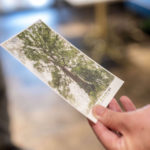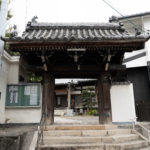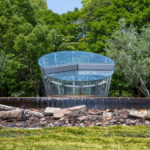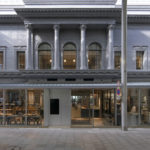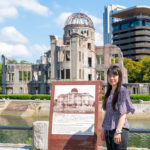The Lives of the People and Town After the Bombing; “Exhibit Facility for Atomic-Bombed Remnants”
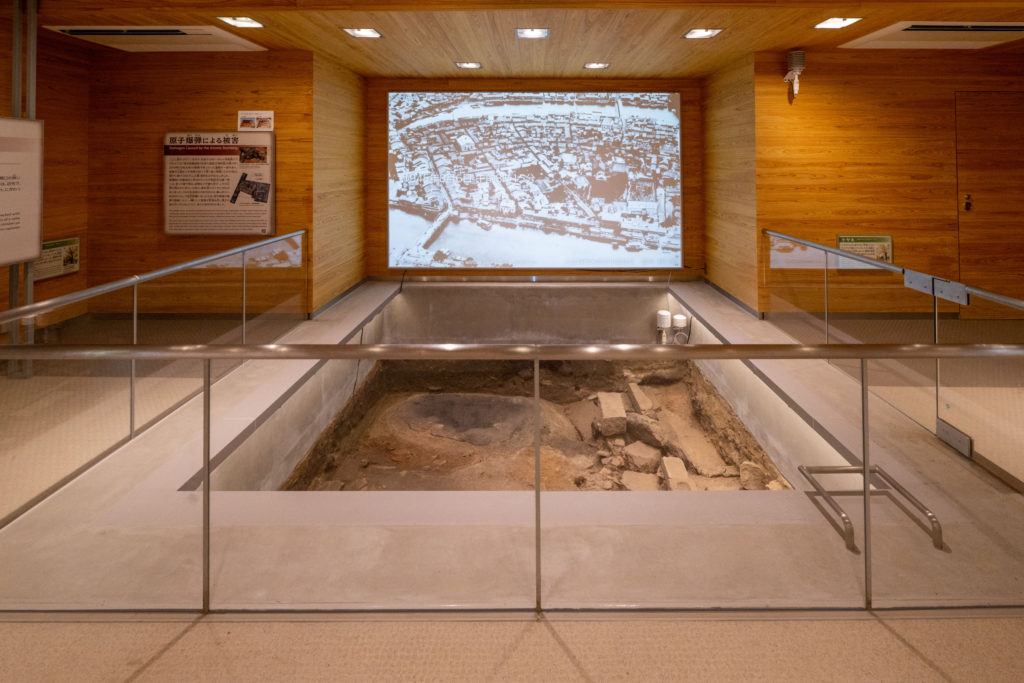
The “Exhibit Facility for Atomic-Bombed Remnants” is located on the north side of the Hiroshima Peace Memorial Museum. It puts the ruins of houses and roads that still bear the scars of the atomic bombing on display. The museum was created to “help visitors feel the town the many people that lived there, and that their daily lives were taken away in an instant by an atomic bomb through the remnants.” It was developed by the city of Hiroshima to further deepen people’s hope for peace in March 2022.
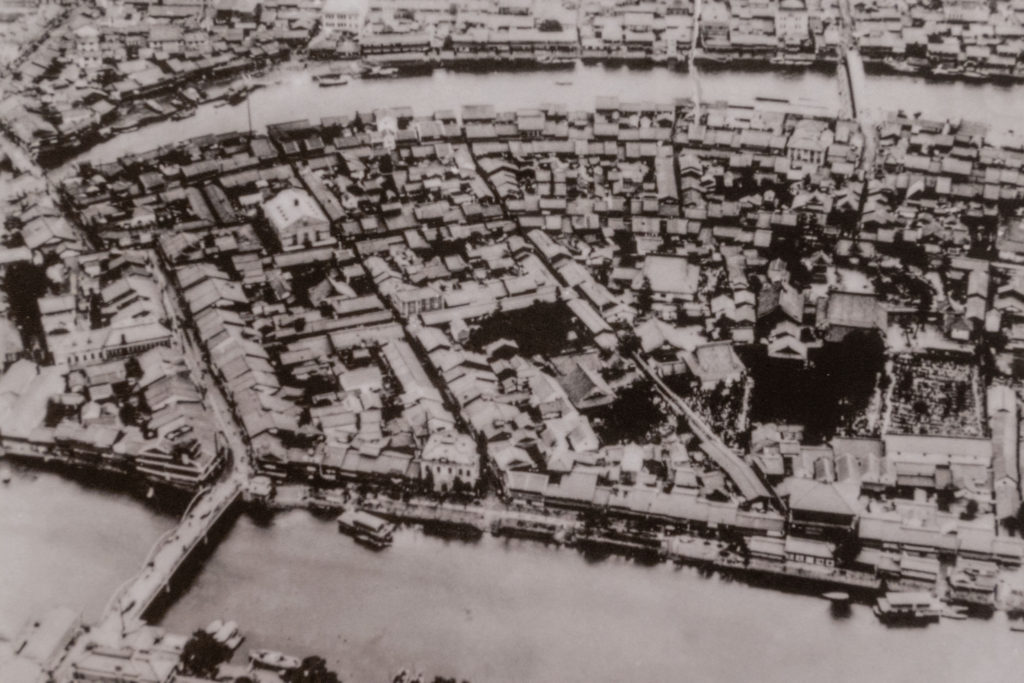
Nakajima-cho before the bombing (Provided by Noguchi Iwao, from the Hiroshima Peace Memorial Museum collection)
Before the bombing, the area surrounding the Peace Memorial Museum was known as the Nakajima area, and was the busiest shopping district in Hiroshima, lined with stores and movie theaters. The area where the Exhibit Facility for Atomic-Bombed Remnants now stands was called “Tenjinmachi-suji,” and was home to a neighborhood of private houses.
As the Peace Memorial Museum is built on land that was cleared of debris, and then flattened and filled in after the houses were destroyed by the blast and heat rays of the bombing, it was easy to predict that many remains would lie underground. In 2019, they began a land survey and found the remains of houses and roads from the time of the bombing about 60-90 cm below the surface.
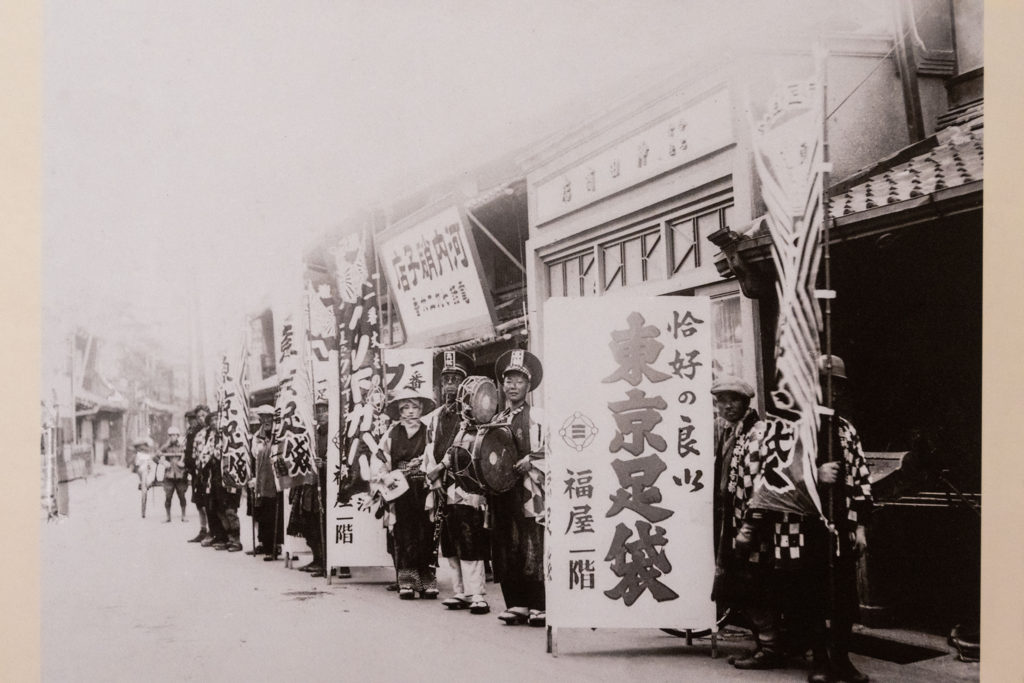
Tenjinmachi-suji before the bombing (Provided by Mita Shigeru, from the Hiroshima Peace Memorial Museum collection)
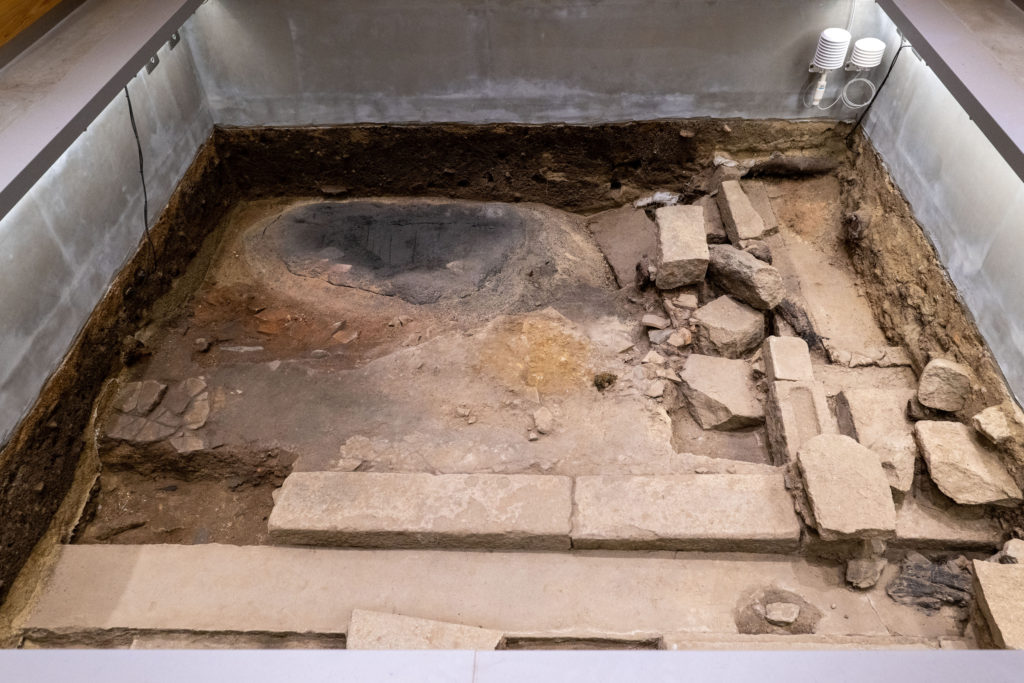
Remnents from the bombing in an exposed exhibit
Exhibit Facility for Atomic-Bombed Remnants puts some of these artifacts on display to the public. Upon entering the museum, visitors are reminded of the countless people that once lived in the area. A row of stones marking the boundary with the next house, a gutter where domestic wastewater would have flowed…The exhibit also includes a replica of tatami mats inside a house that was instantly turned to carbon by the intense heat of the blast, showing how a single atomic bomb instantly took away people’s lives. The stones used are from that period, making the life and presence of the people is realistic and heartbreaking.

The entrance to the Exhibit Facility for Atomic-Bombed Remnants. The path between the curbstones is where Tenjinmachi-suji once existed
The entrance to the museum is roughly five meters. This is where Tenjinmachi-suji used to be. Furthermore, a closer look at the remains in the museum reveals that asphalt was used for the road that connects to the gutters. At the time of the bombing, unpaved roads were the norm. The asphalt shows how prosperous the Nakajima area and Tenjinmachi-suji were.
In addition, the museum has video and panel displays showing the town before the bombing, the damage caused by the atomic bomb, and testimonies, which, when viewed together with the remains, give visitors a deeper understanding of the time.
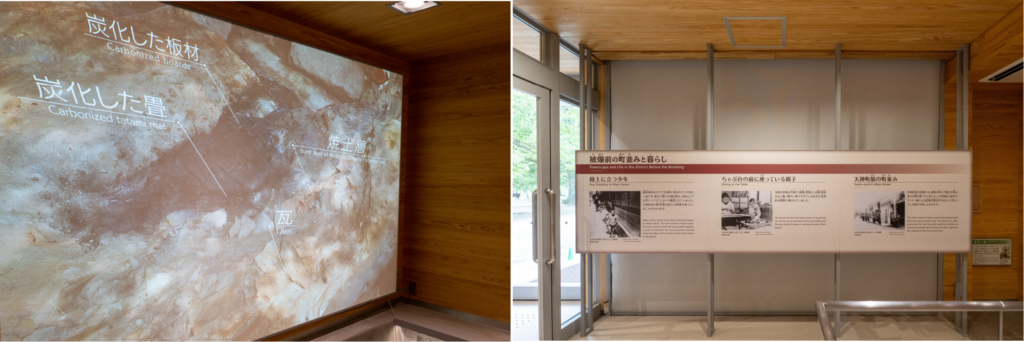
Video (left) and panel showing the reality of the atomic bombing and the city before the bombing
The remnants of the bombing degrade with time. This is why the carbonized tatami mats and planks are replicas, and the real tatami mats, etc., which deteriorated, are buried under the replicas. To help protect the remains, the building is constructed to block direct sunlight, the roof and exterior walls are made of heat-shielding sheets to prevent outside air from entering, and the building was made with materials that help control humidity. They installed sensors to control temperature and humidity as well. When visiting, be sure to follow the museum rules and to help carefully protect the valuable remnants.

The black part of this tatami replica represents the parts that were turned to carbon
As of the end of August, five months after its opening, it will have welcomed over 33,000 visitors. Many people, both from inside and outside of the prefecture, visited the exhibition leaving comments including, “I learned more about the horror of the atomic bombing,” and “The exposed exhibits helped me feel the life of the people here at the time, which made my heart ache. It made me want to protect peace in the world.”
The way of life people once had here, how it was taken away from them, and their tireless efforts to rebuild a peaceful and beautiful town after the bombing. Remember their history, and think about the inhumanity of nuclear weapons, and about peace.
[DATA]
Exhibit Facility for Atomic-Bombed Remnants

Address: Nakajima-cho, Naka-ku, Hiroshima City, Inside Peace Memorial Museum
TEL: 082-242-7831 (Peace Promotion Division, International Peace Promotion Department, Citizens Bureau, Hiroshima City)
Hours: 8:30-18:00 (March-July, September-November)
8:30-19:00 (August *5th, open until 20:00 on 6th)
8:30-17:00 (December-February)
*Admissions may be restricted due to monitoring or other measures to maintain the remnants. See their homepage below for monitoring dates.
Closed: December 30th, 31st
Admission fees: None
Homepage: https://www.city.hiroshima.lg.jp/site/atomicbomb-peace/260788.html
Tags associated with this article



